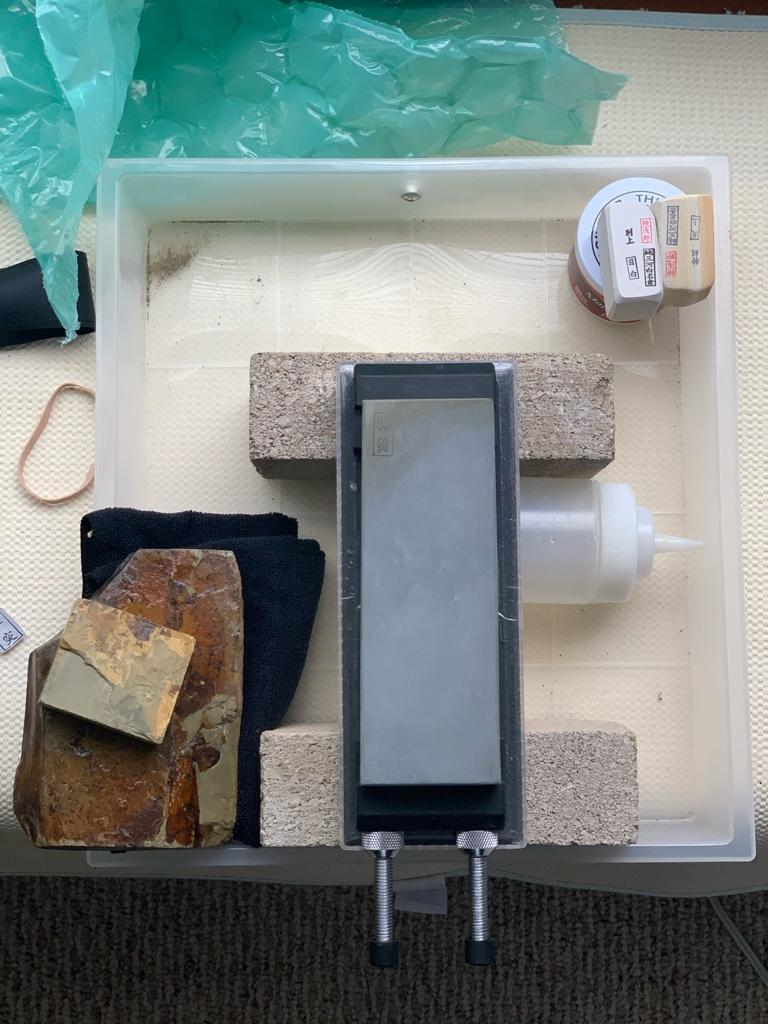Yeah idk about the 4%, one of mine makes noticeably keener edges on a level with Arks but i haven’t seen a sample size big enough to give percentages.
My advice would be to ask a known vendor for one that’s fast on water only and that way it’ll be easier to learn on and be great as a touch up stone forever
My advice would be to ask a known vendor for one that’s fast on water only and that way it’ll be easier to learn on and be great as a touch up stone forever




